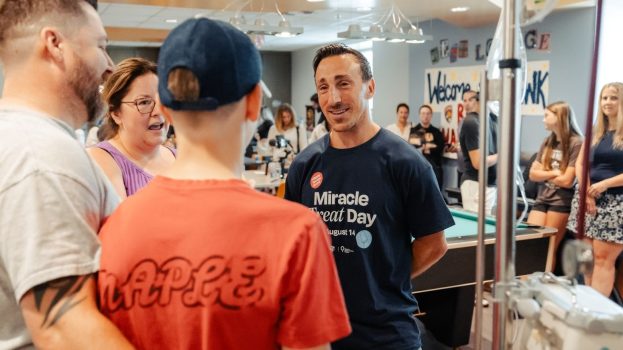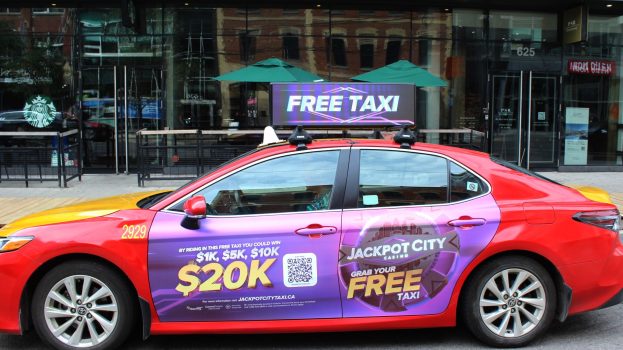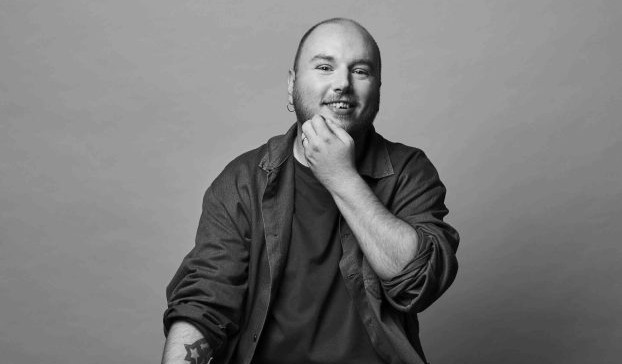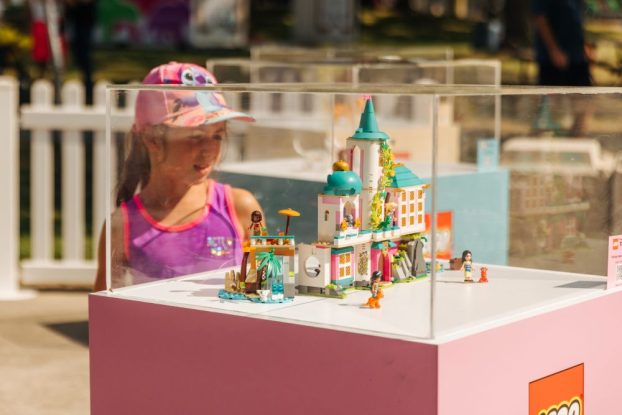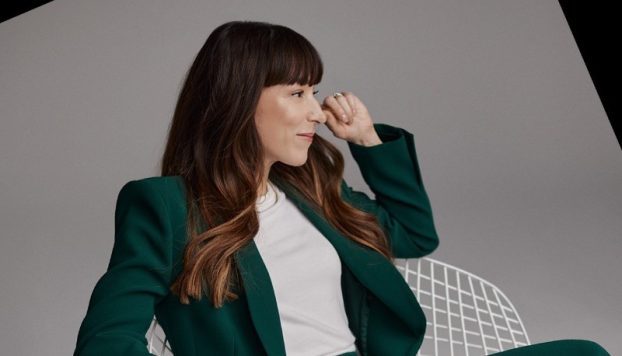As brands and retailers grapple with how best to capitalize on VR, e-commerce platform Shopify has created a new initiative to show off just how far the tech can go.
The new Thread Studio VR application uses the HTC Vive to create an immersive and interactive design process for t-shirts and other small products like mugs and hats. Using 3D images modelled to real proportions, the tool is made to be as realistic as possible, and designs can be sent to on-demand provider Printful to actually be made.
The studio is the first VR application from the Ottawa company, which has a team of about six people working on VR initiatives.
Support for Oculus Rift is coming soon, but the idea isn’t necessarily to get Thread Studio into the hands of all brands right away. Rather, it was built for the VR community to explore the tech’s potential, says Daniel Beauchamp, head of VR at Shopify. The technology is similar to where the mobile developer community was around 2006 and 2007 when the iPhone was brand new, he says.
[iframe_youtube video=”1yUk_pRDDU0″]
“VR is not mainstream by any means and we wanted to kind of put our flag in the ground and show that we are working on this and taking this medium quite seriously,” he says.
“Really, we’re not expecting our merchants to run out and spend $3,000 just so they can design some t-shirts,” he says (the HTC Vive costs around $1,200, plus merchants would need a computer powerful enough to run the program). Thread Studio is “a bit experimental,” he says, but it does a good job of showing off VR’s potential.
The studio demonstrates the possibilities for prototyping ideas for products before manufacturing (many of Shopify’s merchant customers are in the apparel business).
Unlike Google Cardboard or comparatively lower-end tech like the Samsung Gear VR headset, the experience through HTC Vive is much more immersive, since it has hand controls and allows the user to walk around a room while engaging in the VR environment, Beauchamp notes.
Granted, it’s a challenge for brands and consumers to understand the potential of something like Thread Studio without experiencing it through the high-end tech, he says. “It’s a total see-it-to-believe-it tech.”
But showing merchants the potential of VR is important as the medium expands and perhaps becomes as important as mobile shopping, he says.
Some people think that a virtual shopping experience is the limit to VR, but Beauchamp says the idea is really to bring the experience the brand is trying to offer to people using the tech as a storytelling medium.
For example, with a camping gear retailer, VR could bring a shopper to a mountain or forest, rather than a camping store, he says. “With all that power, do you really want to go to a mall as your first adventure?”


